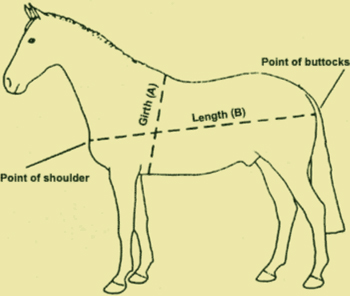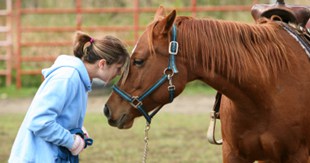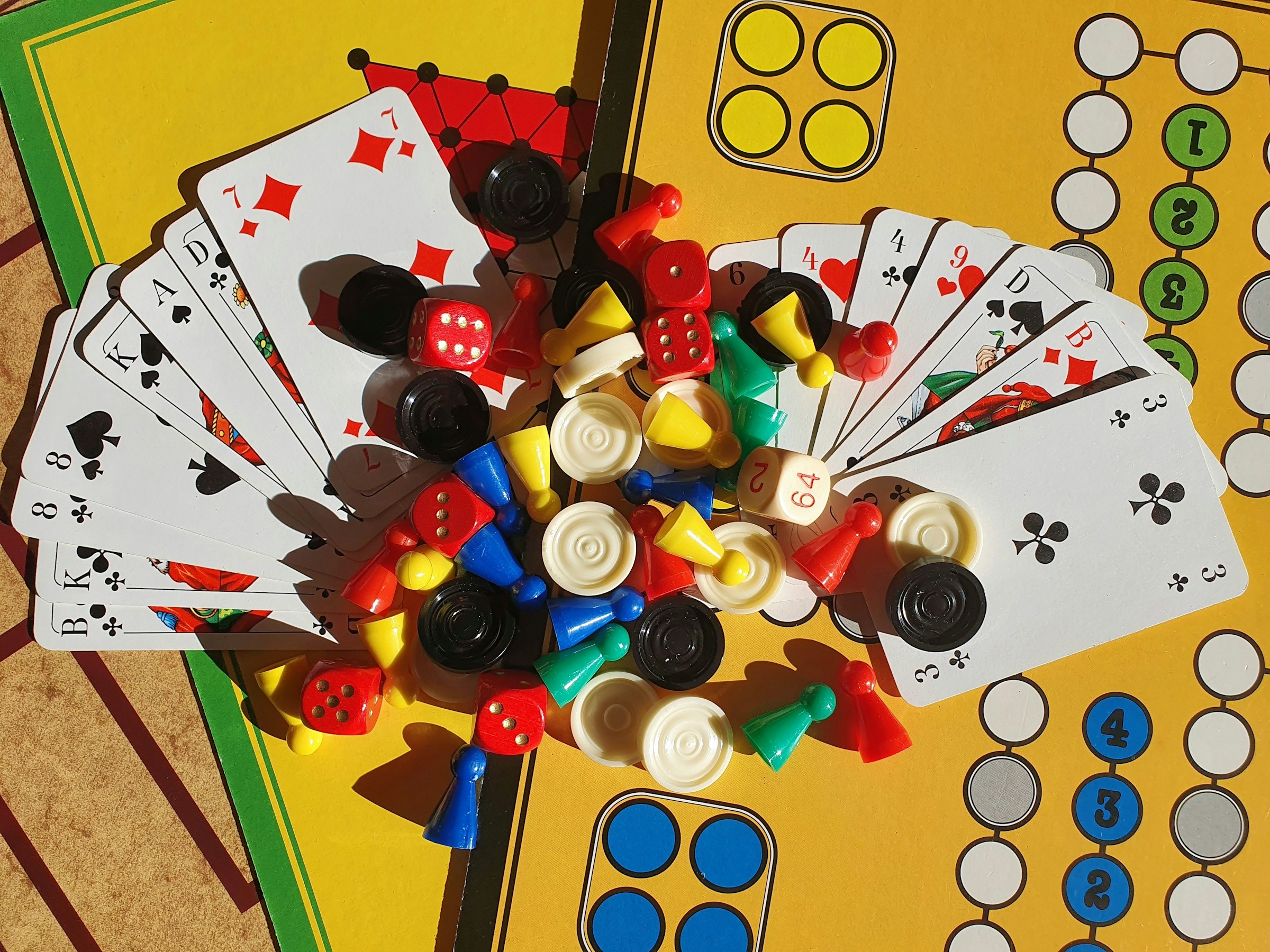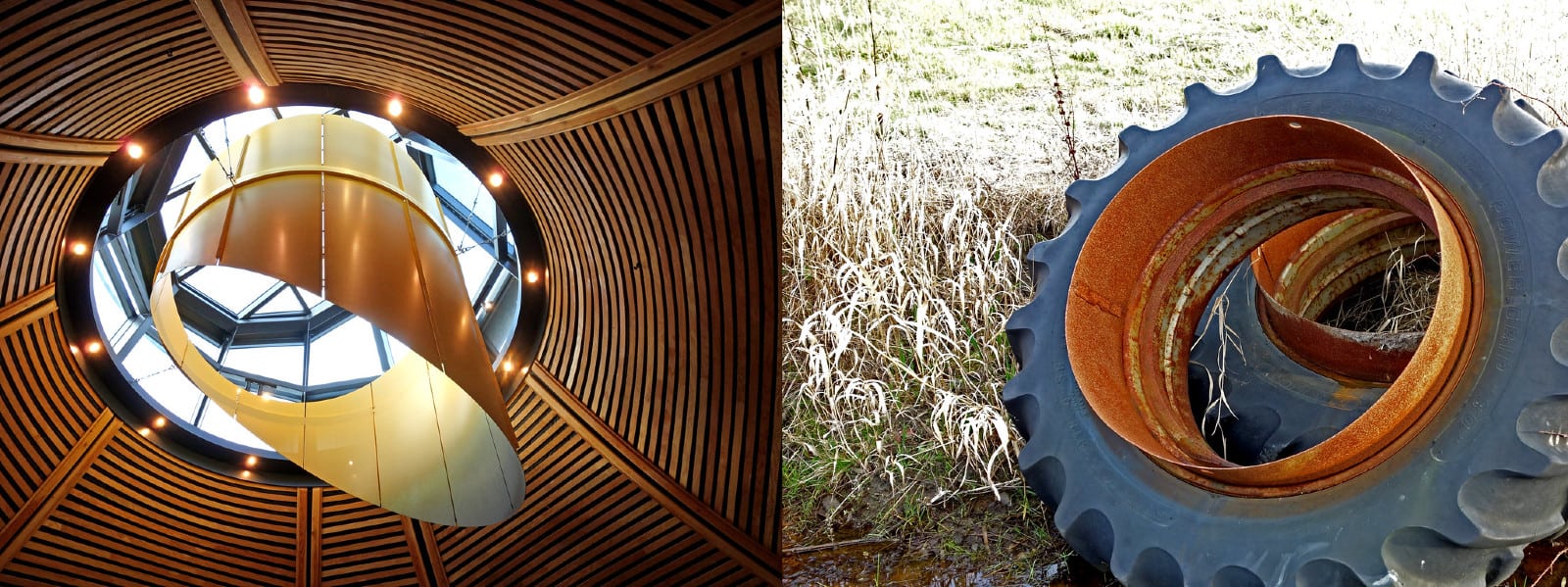Horses can be very rewarding pets to own, but they are also rather large. As a responsible horse owner, it’s important to have an idea of your horses’ vital statistics to keep an eye on its condition and the food it needs.
Smaller pets can be weighed on household scales, but what do you do if your four-legged friend weighs the best part of a ton?
Maths is a useful tool for converting things you can find out easily into what you want to know. In this case, taking length measurements on a horse is simple enough, assuming he’s friendly, and these can be used to figure out his weight. The owner doesn’t need anything more complicated than a tape measure and an obliging horse.
The Measurements
A horse’s height is measured from the withers, the bony point on its shoulders where the mane ends. This requires careful measuring – it is the vertical distance straight down from this point. If the tape measure is allowed to curve round the horse’s body, it will add on some horizontal distance and give an over-estimate of the height of the horse.(see diagram) On the other hand if the measuring tape is held hanging down beside the horse, how do you know it is at exactly the right place? One way to avoid this is to ask an assistant to help hold the tape measure slightly away from the horse to keep it level whilst you take the measurement.
Height
All equines (horses, ponies, donkeys and mules) are traditionally measured using the units of hands, written as 14hh (hands high). This unit comes from the ancient practice of using the body to measure distances. Some people may understand height better in terms of metres – after all, hands come in different sizes. A standard ‘hand’ is 4 inches, or 10.16cm, so multiplying the number of hands by 10.16 will give the height in centimetres.
Weight
 When it comes to weight, a simple equation is all you need to work out if your horse is super-skinny or super-sized.
When it comes to weight, a simple equation is all you need to work out if your horse is super-skinny or super-sized.
Weight = (A2 × B) / 11,877
Both the girth and the length should be in centimetres.
You can see that this formula is along the right lines because it has three length measurements multiplied together. This is what you’d expect a volume formula to have. Weight, which is what we want to know, is just volume (how much stuff you’ve got) multiplied another number (how heavy each standard amount of that stuff is).
In this case the number that multiplies the volume allows for two things:
- the weight of each cm3 of your horse.
- some adjustments to allow for the fact that a horse is usually not a cylinder.
Happy Horses
Being able to take accurate measurements, convert them into different units and use them confidently in the right formula gives horse owners an idea how big their horses are and how much they weigh.
Armed with this information, you can find a healthy weight for your companion, tell if they are gaining or losing weight, and make the changes necessary so they stay healthy and happy.
Notes: Our thanks to Writtle College, Chelmsford, Essex
Related Links
Online Converter
Convert mass/weights including kilograms, ounces, pounds, stones, tons and other units.






